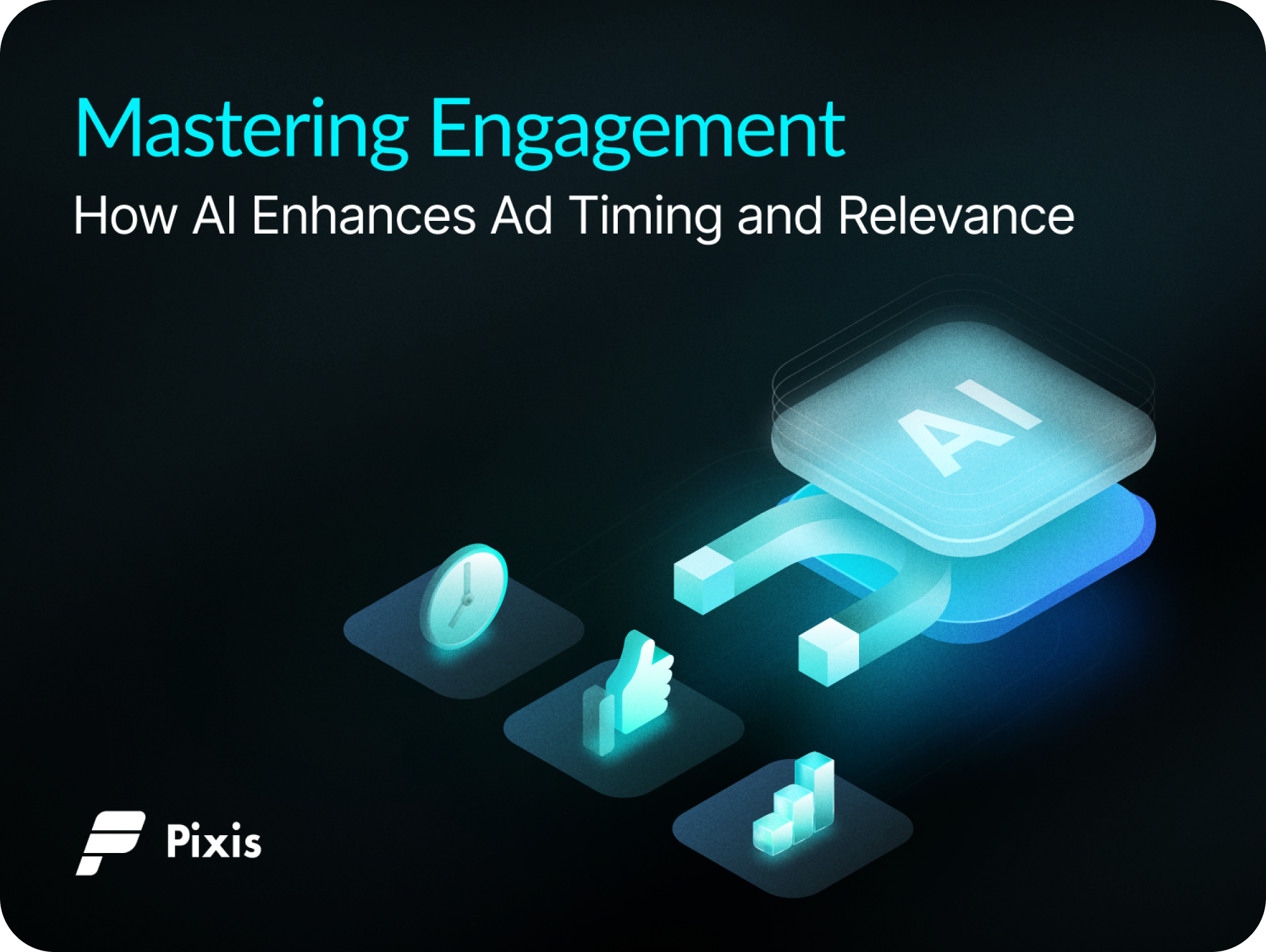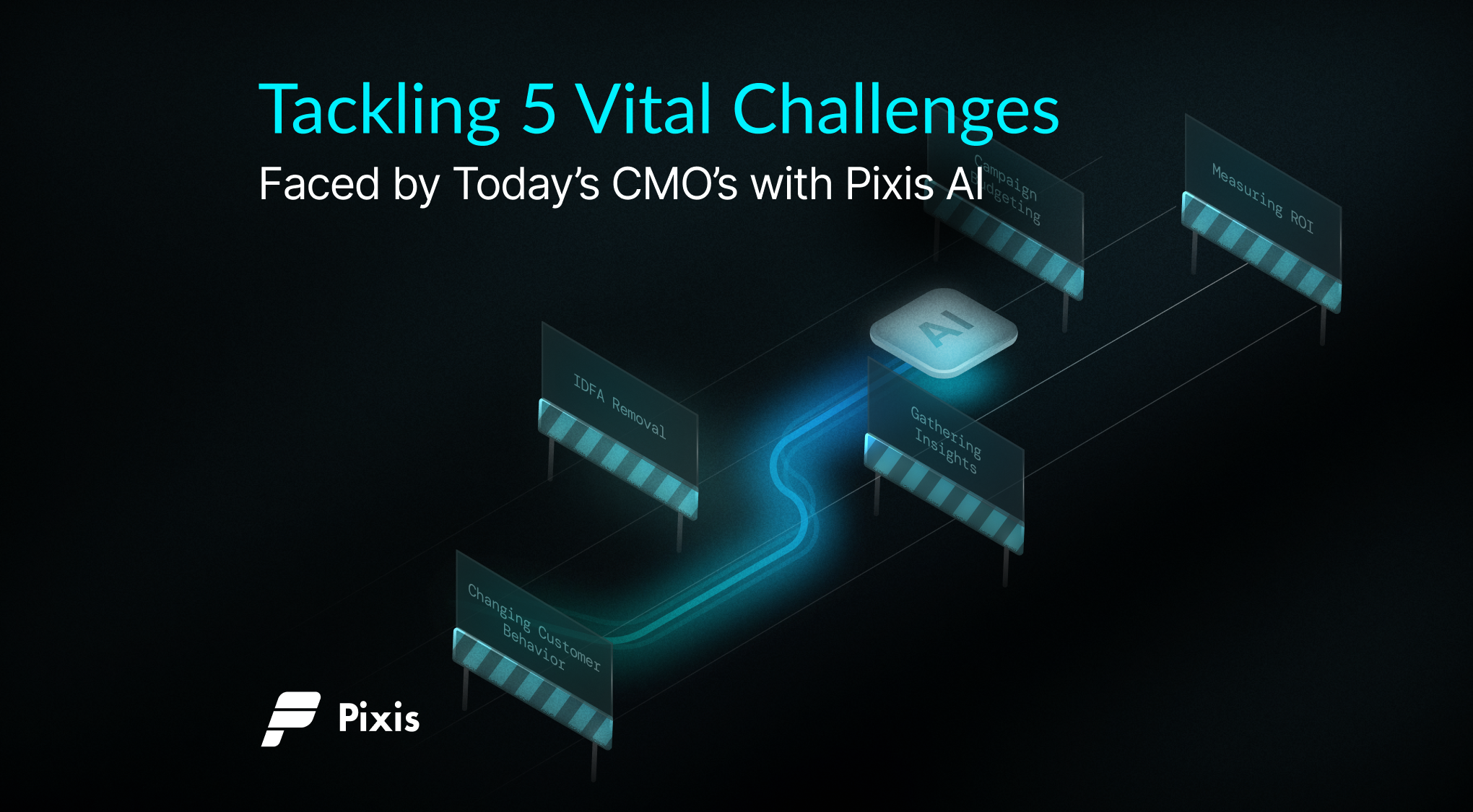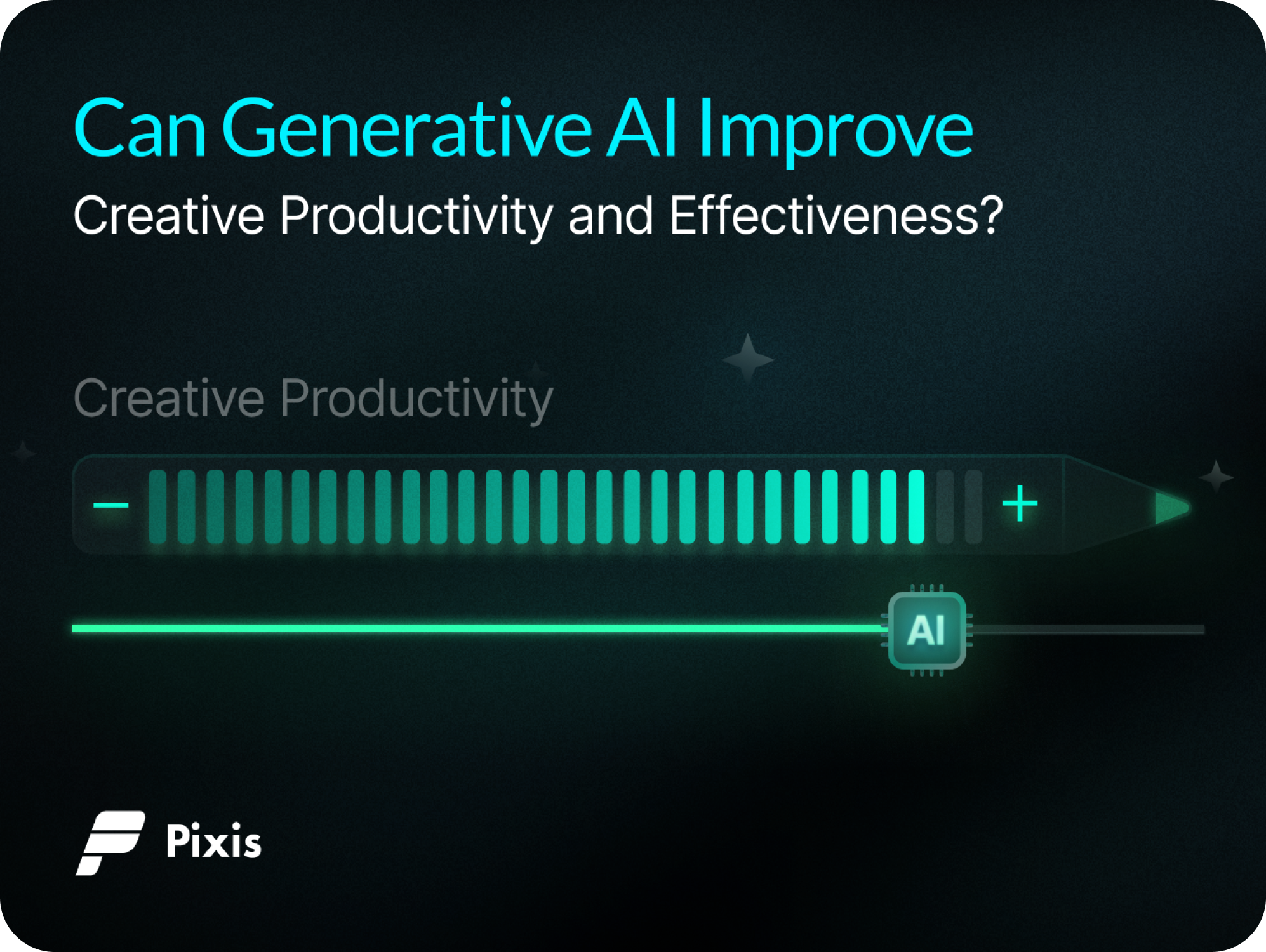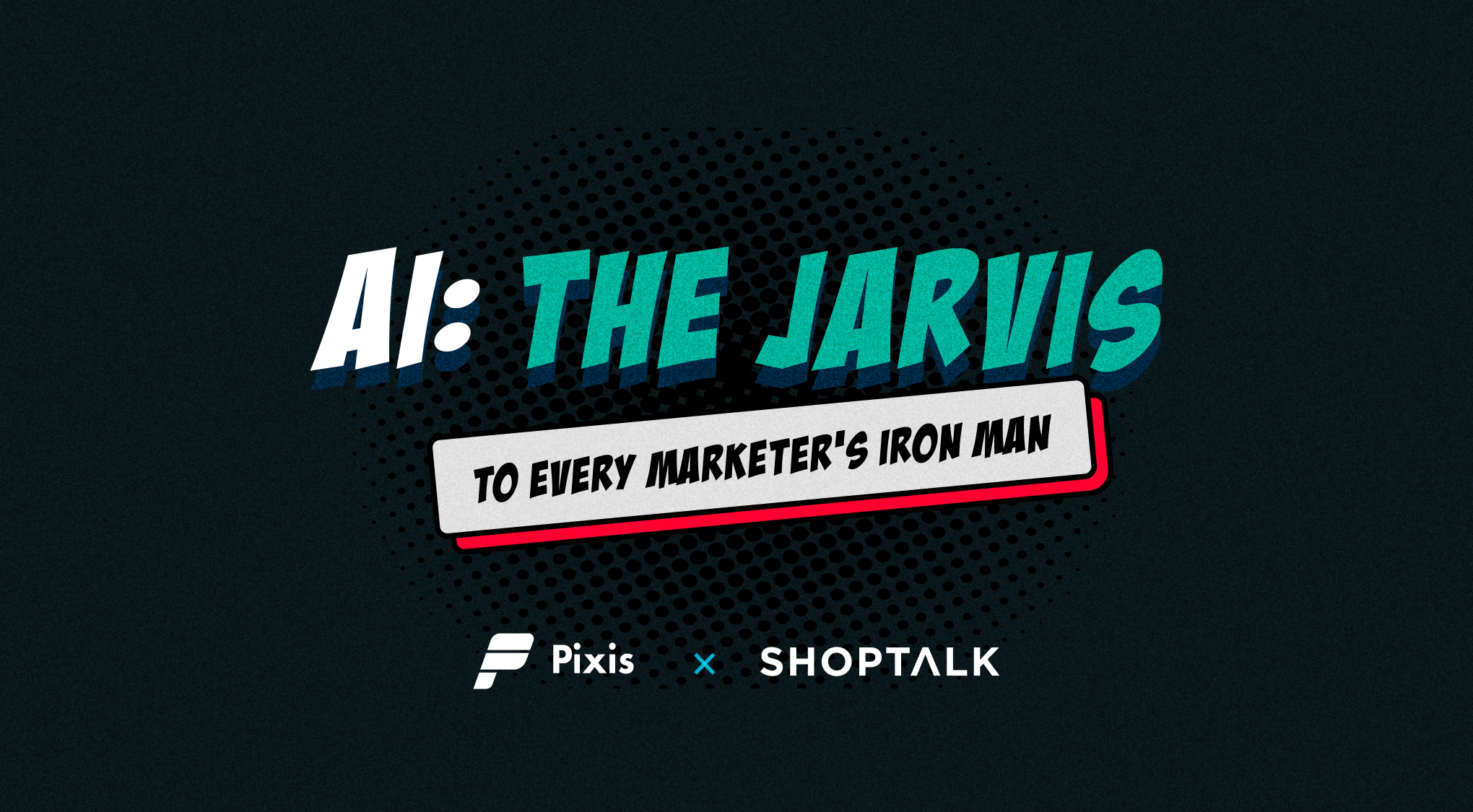Exploring Lookalike Audiences: A Comprehensive Insight to Expanding Your Customer Base
Lookalike audiences are a powerful tool for businesses aiming to broaden their market reach. They allow brands to identify new potential customers by pinpointing distinct characteristics shared with their existing customer base. This blog explores the nuances of developing and utilizing lookalike audiences, highlighting their critical role in contemporary marketing strategies. By focusing on the unique traits of existing customers, brands gain valuable insights into who their new potential customers could be, thereby effectively expanding their audience pool.
Leveraging Data Analytics for Audience Segmentation
The use of AI in data analytics has revolutionized the way businesses understand and segment their audiences. It’s now common knowledge that by diving deep into customer data, AI is helping uncover intricate patterns and characteristics, offering a more nuanced understanding of customer behaviors. This advanced analysis enables companies to categorize their customer base into specific segments, not just based on demographics and purchase history, but also on their position in the buyer journey. For instance, AI can identify traits that signal immediate buying intent or indicate that a customer is still in the research phase. This precise segmentation facilitates the creation of lookalike audiences by pinpointing similarities in potential customers. Such targeted insights are instrumental in crafting customized content and loyalty programs for different segments, significantly improving marketing efficiency and customer acquisition. Ultimately, AI-driven audience segmentation leads to more effective marketing strategies, fostering stronger customer relationships and enhancing overall business performance.
AI’s Role in Dissecting the Buyer Journey for Effective Audience Segmentation
AI’s application in audience segmentation becomes particularly significant when dissecting the different stages of the buyer journey. Each part of this journey – awareness, consideration, decision, and loyalty – presents unique customer traits and behaviors that AI can adeptly identify and analyze.
Awareness Stage: At this initial stage, AI helps in identifying traits that indicate a customer’s emerging interest or need. It can analyze data to find patterns showing curiosity or early engagement, such as frequent searches for a specific type of product or service. This information is crucial for creating lookalike audiences who are likely at a similar awareness phase.
Consideration Stage: As customers move to the consideration stage, their behaviors become more focused. AI can identify traits such as increased interaction with certain product categories, reading reviews, or comparing prices. These traits are indicative of a deeper interest and a move towards a more informed purchasing decision.
Decision Stage: In the decision stage, AI can pinpoint traits showing a readiness to purchase, like adding items to a shopping cart, spending more time on checkout pages, or engaging with customer support. These behaviors suggest that the customer is on the verge of making a purchase, and lookalike audiences exhibiting similar traits can be targeted for immediate conversion strategies.
Loyalty Stage: Post-purchase, AI plays a crucial role in identifying traits of customer loyalty and retention. It analyzes patterns such as repeat purchases, positive reviews, or engagement with loyalty programs. Recognizing these traits helps in creating lookalike audiences with a propensity for long-term engagement and brand loyalty.

By utilizing AI’s deep analytical capabilities, businesses can significantly expand their pool of potential customers at each level, ensuring a more tailored, impactful, and successful engagement strategy.
Strategies for Effectively Targeting Lookalike Audiences
AI plays a crucial role in enhancing strategies for targeting lookalike audiences across various platforms by delivering deeper insights and more precise targeting. This technological advancement becomes a game-changer in understanding and leveraging the nuances of different social media platforms. On Facebook and Google Ads, AI can go beyond basic targeting options like similarity and audience size. It can analyze trillions of data points to fine-tune Customer Match and Similar Audiences, matching user interests and behaviors with unprecedented accuracy. AI’s advanced algorithms can detect subtle patterns in user engagement, allowing for the creation of highly refined lookalike audiences that closely mirror the desired target group.
For professional platforms like LinkedIn, AI’s capability to process complex professional data becomes invaluable. It can target job titles, industries, and professional interests with greater precision by analyzing career trajectories, professional interactions, and content engagement, leading to more effective audience segmentation. On visually oriented platforms such as Instagram and Snapchat, AI transforms the content strategy. By analyzing successful visual content and user interactions, AI can guide the creation of visually engaging content that resonates with the platform’s specific audience. This ensures that the content is not only visually appealing but also strategically aligned with user preferences and behaviors.
Twitter’s diverse audience presents a unique challenge, where AI can identify and segment audiences based on interests, behaviors, and follower patterns. By analyzing tweet engagements, hashtag trends, and follower interactions, AI can uncover specific audience segments, enhancing the targeting strategy.
TikTok, known for its viral content and younger audience, benefits significantly from AI’s ability to predict and capitalize on trending topics and user preferences. AI algorithms can analyze video engagement, hashtag trends, and user interactions to create content that aligns with the dynamic interests of TikTok users.
Conclusion
In essence, AI enables a sophisticated, data-driven approach to targeting lookalike audiences across different platforms. By analyzing micro-actions and generalizing behaviors from vast datasets, AI provides deeper insights that refine content creation and delivery. This not only maintains a uniform brand narrative across platforms but also adapts the strategy to each platform’s unique audience and culture, maximizing reach and impact.




